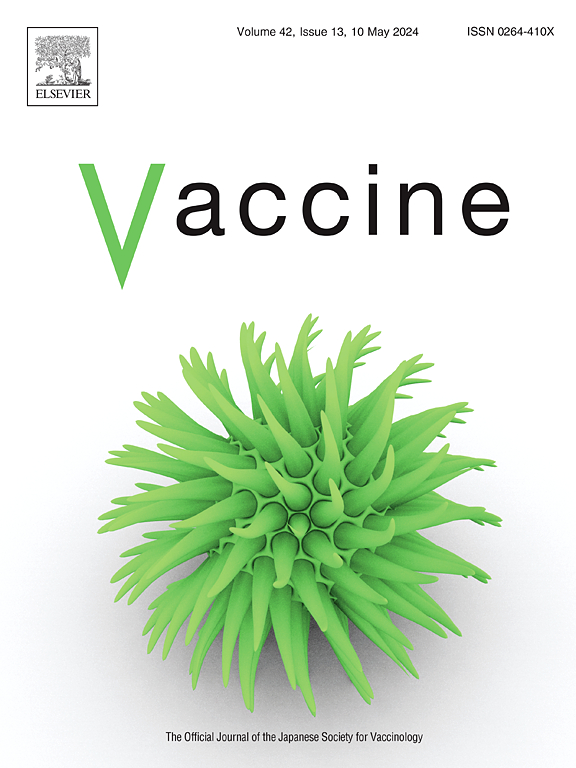Second booster doses of adenoviral- and mRNA-based COVID-19 vaccines increase protection against COVID-19 hospitalization: Final analysis from the REFORCO-Brazil real-world effectiveness study during Omicron
IF 4.5
3区 医学
Q2 IMMUNOLOGY
引用次数: 0
Abstract
Background
Booster doses of COVID-19 vaccines are required to maintain protection against SARS-CoV-2. However, real-world evidence from South America, needed to inform optimal vaccination strategies, is lacking. Herein, we present the final analysis of REFORCO-Brazil, a large-scale assessment of relative vaccine effectiveness (rVE) of second boosters (vs first boosters) against hospitalization with COVID-19.
Methods
REFORCO-Brazil is a test-negative case-control study (NCT05697705) that utilized Brazilian national data on severe acute respiratory syndrome (SARS) surveillance and COVID-19 vaccination. Individuals hospitalized with SARS from January 1 to December 31, 2022, were classified as test-positive cases (via SARS-CoV-2 antigen/reverse transcription polymerase chain reaction [RT-PCR]) or test-negative case-controls (via RT-PCR) and matched by admission date, region, sex, preceding COVID-19 vaccinations, and age. We used conditional logistic regression combined with multiple covariate adjustments to estimate rVE for second boosters (versus first boosters received ≥4 months prior) overall, by type (AZD1222, Ad26.COV2·S, BNT162b2, and CoronaVac) and in vulnerable subgroups (elderly and immunocompromised/high-risk individuals).
Results
Median (range) time between second booster and SARS hospitalization was 87.0 (8.0–307.0) and 79.0 (8.0–303.0) days among 5426 test-positive cases and 6131 test-negative controls, respectively. Overall rVE of any second booster against hospitalization was 18.7 % (95 % confidence interval [CI]: 10.5–26.1). The rVE of adenoviral- and mRNA-based vaccines was similar; 18.2 % (4.8–29.8) for AZD1222, 20.7 % (10.2–30.0) for Ad26.COV2·S, and 23.2 % (9.7–34.7) for BNT162b2. Similar levels of added protective benefit, or ‘boosting’, was observed in very elderly and immunocompromised/high-risk individuals. Additional protection was highest within 2 months post-dosing, decreasing thereafter. Exploratory analyses revealed increased protection against severe in-hospital outcomes, including mortality.
Conclusions
Our results support the use of monovalent adenoviral/mRNA-based vaccine maintain protection against COVID-19 hospitalization from Omicron subvariants. However, optimal timing of booster vaccinations will need to be carefully considered for future booster strategies, especially among vulnerable subgroups.
求助全文
约1分钟内获得全文
求助全文
来源期刊

Vaccine
医学-免疫学
CiteScore
8.70
自引率
5.50%
发文量
992
审稿时长
131 days
期刊介绍:
Vaccine is unique in publishing the highest quality science across all disciplines relevant to the field of vaccinology - all original article submissions across basic and clinical research, vaccine manufacturing, history, public policy, behavioral science and ethics, social sciences, safety, and many other related areas are welcomed. The submission categories as given in the Guide for Authors indicate where we receive the most papers. Papers outside these major areas are also welcome and authors are encouraged to contact us with specific questions.
 求助内容:
求助内容: 应助结果提醒方式:
应助结果提醒方式:


